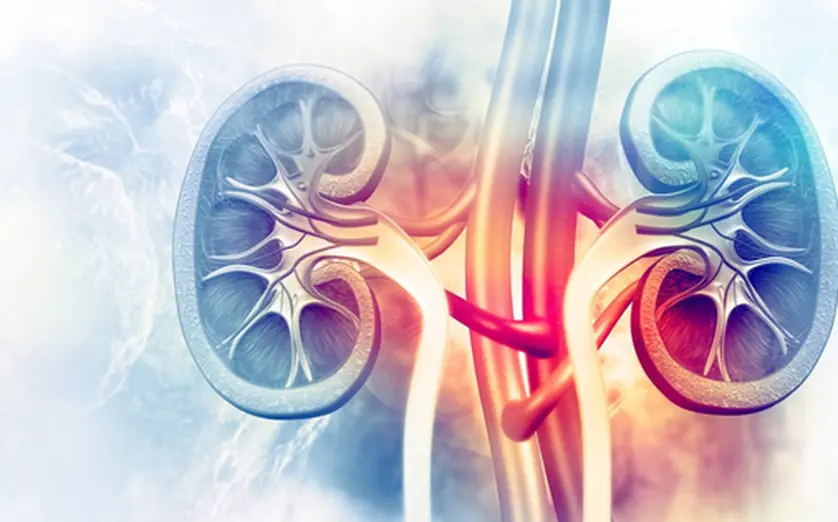
Look at your nails to detect health problems
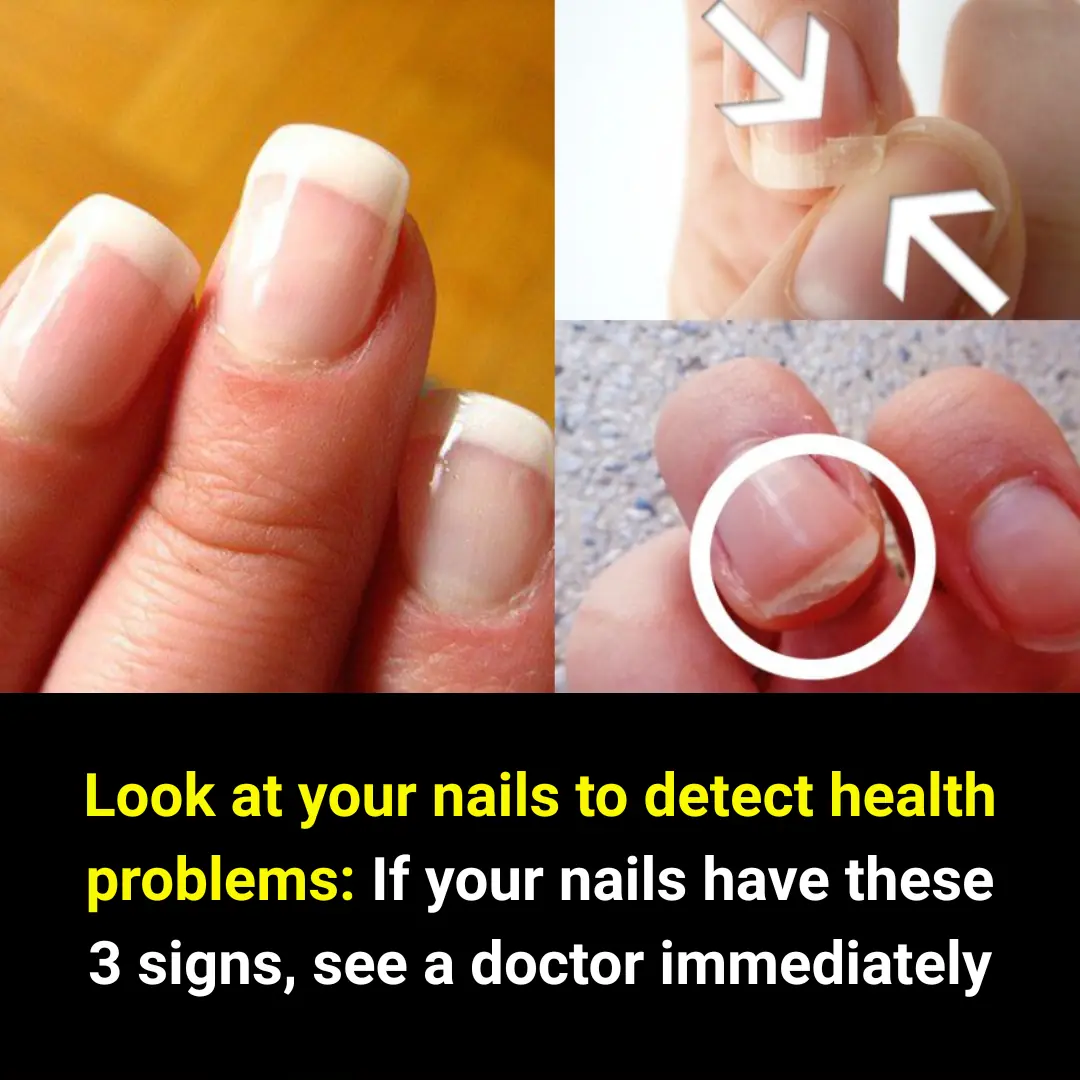
Our nails can reveal a surprising amount about our overall health. Changes in their color, shape, or texture often serve as early indicators of underlying medical conditions. While many people overlook these signs, paying close attention to your nails can help you detect health problems before they become severe. Here are three critical aspects to observe on your nails - color, shape, and texture - and what changes in these can signify about your health.
1. Check the Color of Your Nails Carefully
According to Dr. Zainab Laftah, a dermatology consultant at HCA Healthcare UK, abnormal nail colors such as white, yellow, blue, or black can be red flags for serious health issues that require immediate medical attention.
-
Pale or White Nails:
If your nails appear unusually pale or white, it may indicate iron deficiency, which can lead to anemia. This is because low iron levels reduce red blood cell production, causing less oxygen to reach tissues, including your nails. Besides anemia, pale nails may also point toward cardiovascular problems or kidney disease. People with iron deficiency often experience brittle and fragile nails that break easily, which can worsen the condition. To address this, consuming iron-rich foods like red meat, figs, dates, and molasses—sources of highly bioavailable iron—is recommended. -
Yellow Nails:
Yellow discoloration of nails can be a warning sign of thyroid infections or respiratory issues such as lung disease. Persistent yellow nails should not be ignored, as they might also suggest fungal infections or other systemic conditions affecting the immune system. -
Blue Nails:
A blueish tint to the nails often indicates that your blood lacks adequate oxygen, a condition known as cyanosis. While nails might temporarily turn bluish-purple in cold environments, persistent blue nails in normal temperatures may signal heart or lung diseases impairing oxygen circulation. Even if you don’t have anemia, blue nails can suggest circulatory problems requiring urgent medical evaluation. -
White Spots or Streaks:
White marks on nails may arise from allergies, minor trauma, fungal infections, or poisoning. They may also be symptoms of chronic illnesses like diabetes, heart failure, or liver cirrhosis. Since these white patches can have diverse causes, any persistent or widespread spotting should prompt a medical checkup. -
Dark Streaks:
The presence of dark streaks or spots under or on nails can be alarming. These may indicate melanoma, a type of skin cancer. Melanoma can appear as irregular, dark-colored patches beneath the nails or on the skin around them. Dr. Laftah advises anyone noticing such changes to seek immediate consultation with a dermatologist or general practitioner. -
Black Nails:
Black discoloration on nails can result from trauma or fungal infections. However, in some cases, it might be a sign of more serious conditions such as heart disease or melanoma. Differentiating the cause requires professional diagnosis. -
Red Nails:
Redness in the nails could point to cardiovascular or kidney problems. Additionally, red nails may be linked to autoimmune diseases like psoriasis or lupus. Persistent redness or other unusual nail color changes warrant medical attention.
2. Examine the Shape of Your Nails for Abnormalities
Nail shape can also reflect internal health issues:
-
Spoon Nails (Koilonychia):
When nails become thin, concave, and curve upward at the edges resembling a spoon, this is called koilonychia. It often indicates iron-deficiency anemia but can also be associated with cardiovascular diseases. This shape makes nails prone to breaking and can impair normal nail function. -
Clubbing of Nails:
Clubbing refers to swelling of the fingertips and thickening of the nail bed, causing the nails to curve downward and the cuticle area to lose its usual slight concavity. Clubbed nails are commonly associated with chronic heart or respiratory diseases such as chronic obstructive pulmonary disease (COPD) or congenital heart defects. It may also be linked to gastrointestinal disorders like inflammatory bowel disease or liver cirrhosis. If you notice clubbing, it’s important to seek medical evaluation promptly.
3. Assess the Texture of Your Nails
The surface texture of your nails can reveal nutrient deficiencies or skin conditions:
-
Brittle, Cracked, or Splitting Nails:
Nails that become dry, brittle, and prone to breaking may indicate hypothyroidism or a lack of essential nutrients such as vitamins A and C. Environmental factors like excessive exposure to water, detergents, or harsh chemicals also contribute to this texture. -
Pitting or Small Depressions:
Small pits or depressions on the nail surface are commonly linked to psoriasis, an autoimmune skin disorder. Studies show that about 35% of individuals with psoriasis experience nail pitting, which can sometimes be the earliest or only sign of the disease. -
Vertical Ridges:
Vertical ridges running from the cuticle to the tip of the nail can be normal signs of aging. However, pronounced ridges may also reflect deficiencies in vitamin B12, iron, zinc, or magnesium. Addressing these deficiencies often improves nail health.
What Should You Do If You Notice These Signs?
If your nails display any of the above abnormal colors, shapes, or textures persistently, it’s essential to consult a healthcare professional. Nail changes can be the first visible clue of systemic illnesses that require early diagnosis and treatment.
Final Thoughts
Your nails are more than just a cosmetic feature - they’re a window into your overall health. Regularly checking your nails and being aware of changes can help you catch potential health issues early. Remember, healthy nails are smooth, consistent in color, and firm but flexible.
If you notice pale, yellow, blue, or black discolorations, spooning, clubbing, pitting, or brittleness, do not ignore these signs. Seek advice from your doctor or dermatologist to ensure timely care.
Taking good care of your nails by maintaining a balanced diet rich in vitamins and minerals, avoiding excessive exposure to harsh chemicals, and practicing good hygiene will also promote their health.
News in the same category

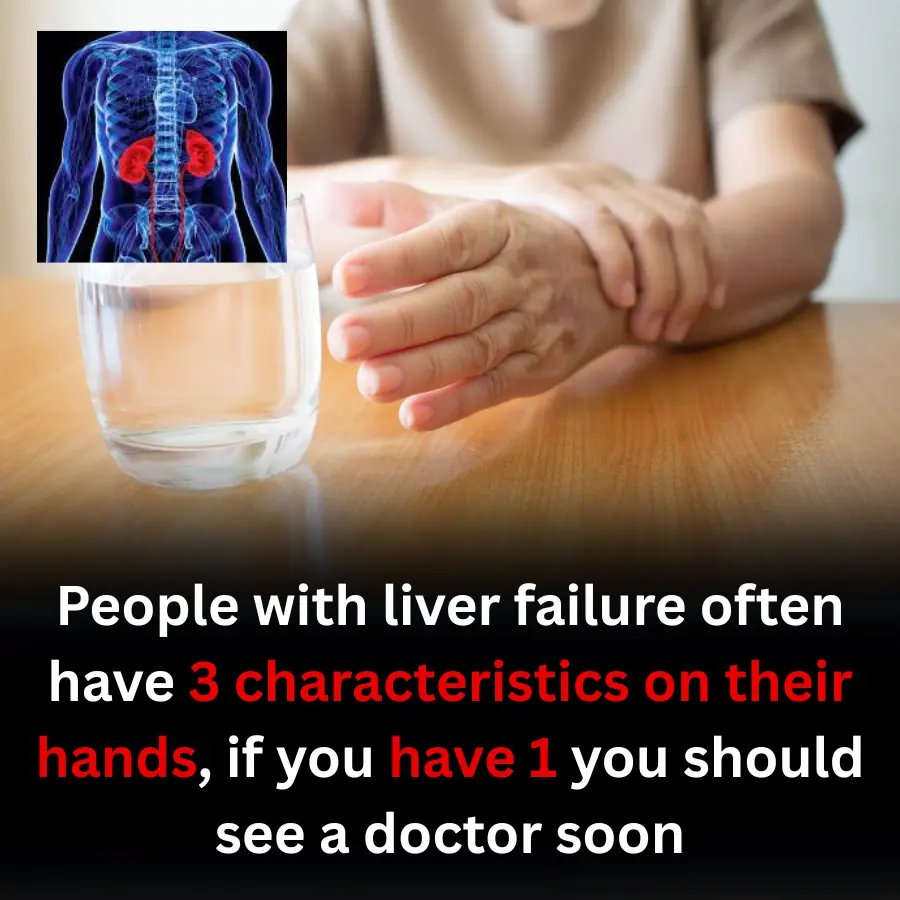
People with liver failure often have 3 characteristics on their hands, if you have 1 you should see a doctor soon
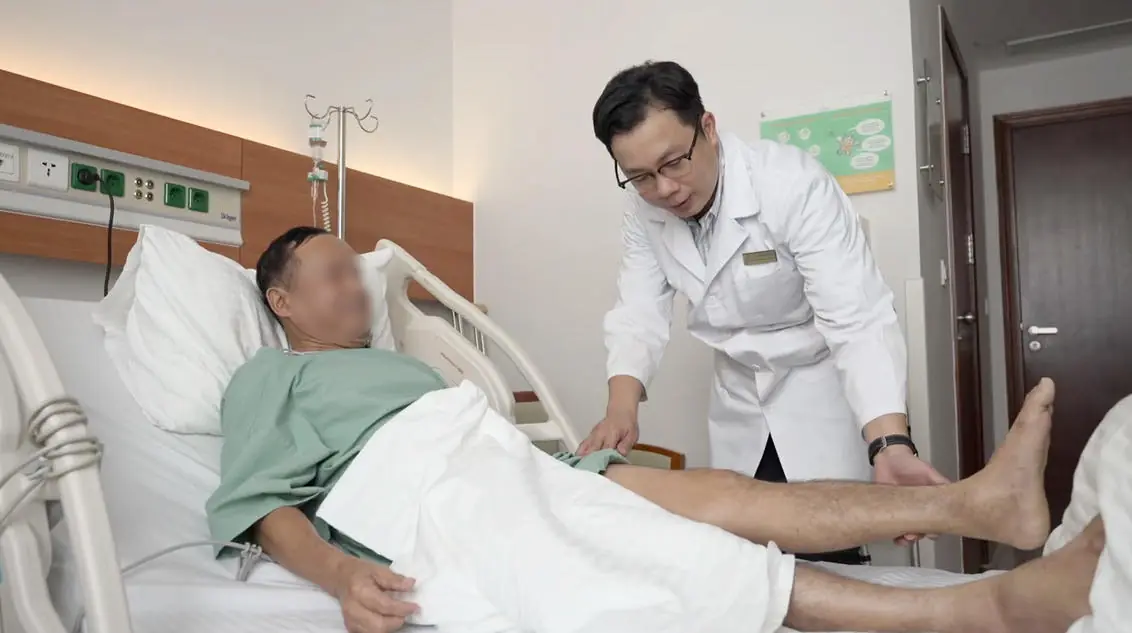
Man with heavy metal poisoning, kidney failure: The "culprit" is something unexpected

The man did not drink alcohol but di,ed of liver failure, the doctor sighed: Eating these 4 dishes every day will ruin even a "steel liver"!

3 Cooling Foods for Summer That Help You Relax and Sleep Better

A Man Who Never Drank Alc.ohol Di.ed of Li.ver Failure — Doctor Sighs: "Even an Iron Li.ver Would Fail if You Eat These 4 Foods Daily!"

7 wa.rning signs you should stop drinking coffee immediately
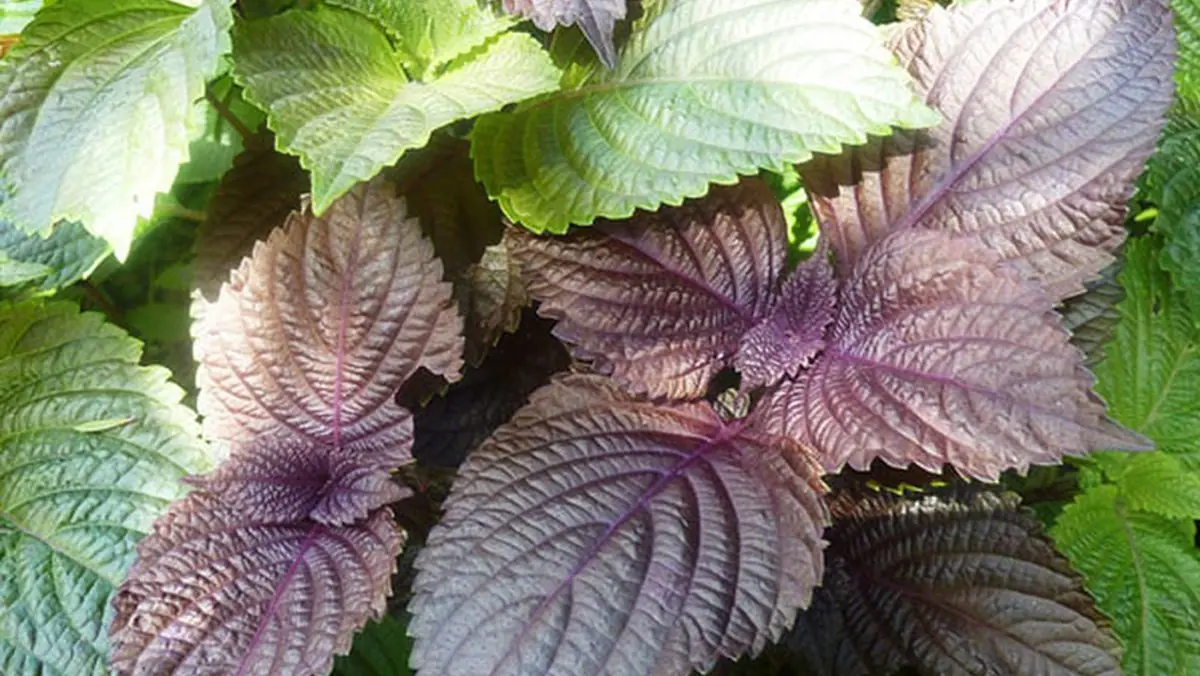
Not everyone knows about this leaf
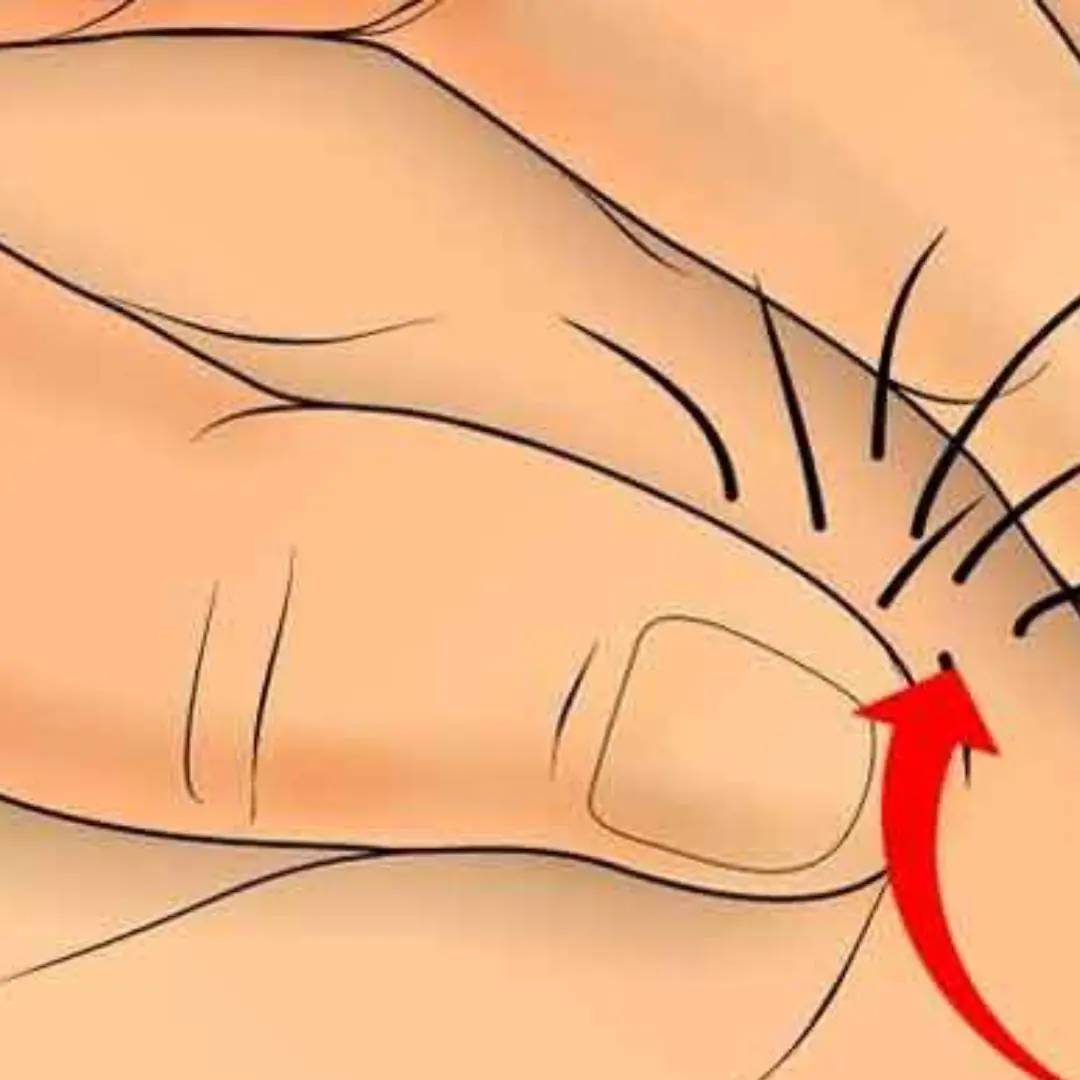
Is it okay to have hair growing in the a.n.us? Experts explain.

5 food and drink combinations that are good for both the liver and kidneys
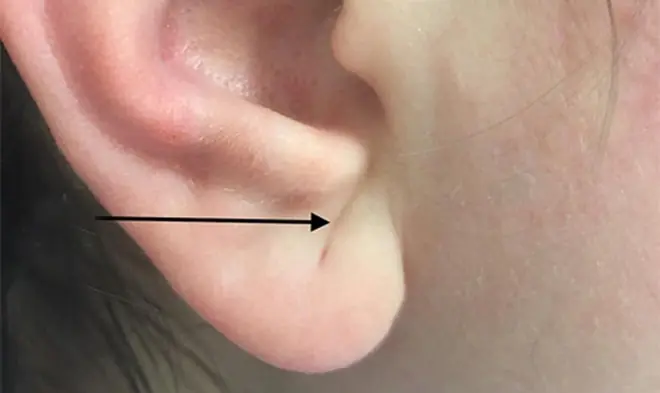
3 abnormalities that everyone thinks are skin problems but are actually trying to expose heart disease

Doctors rate this as "the best fruit of the 21st century", better than ginseng, people grow a lot of it in the corner of their garden but rarely eat it.

One Thing Most Stro.ke Victims Have in Common: Are You Living at Risk of Cerebral Infarction?
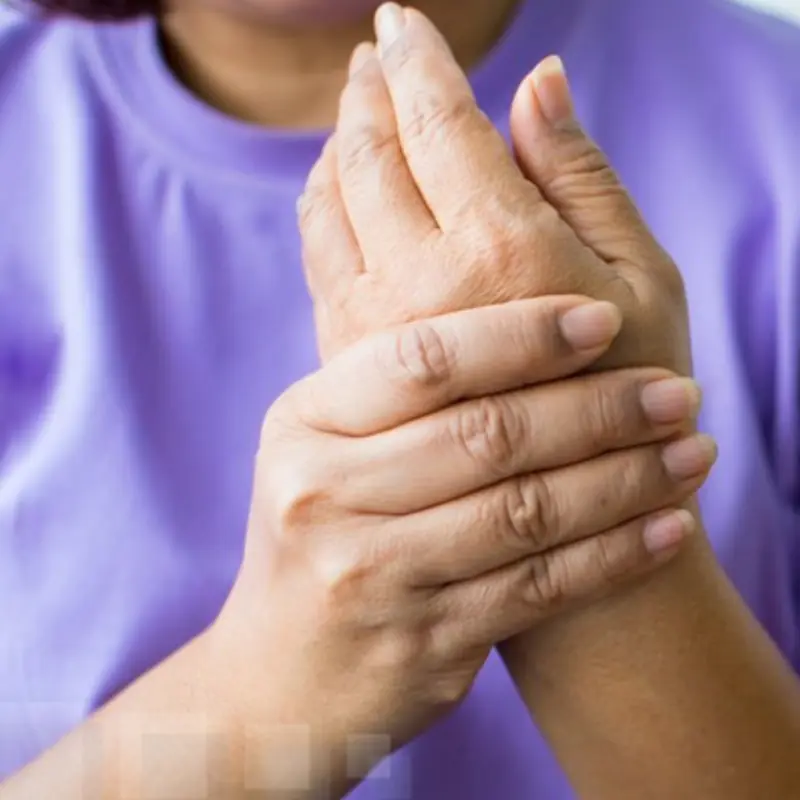
Suddenly Suffering a Stroke After Waking Up, the Woman Regrets a 'Critical' Mistake She Made Six Months Ago

Waking Up at This Hour Every Day May Signal Lu.ng Damage — See a Doctor Immediately if You Also Have These 6 Symptoms

Top foods to absolutely avoid at night if you don't want to affect your health
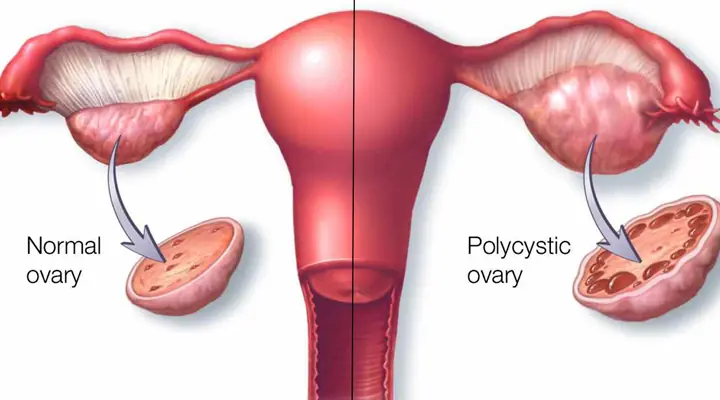
Eat 6 things to help women detoxify their ovaries and prevent gynecological diseases
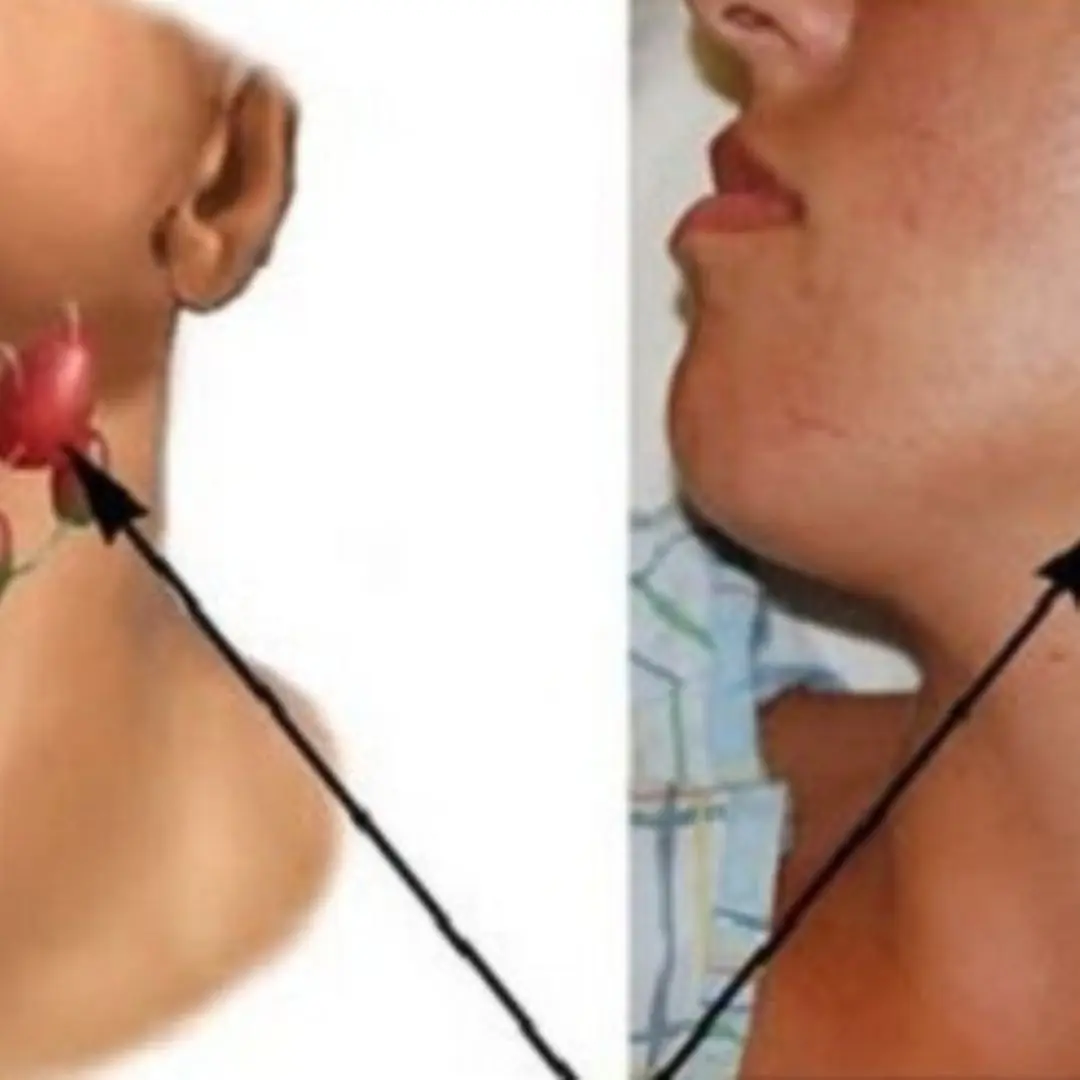
4 warning signs of nasopharyngeal ca.n.c.er that are most easily overlooked

Female patient suffered a perforated small intestine due to a 'lost' thing in her body for 30 years
News Post
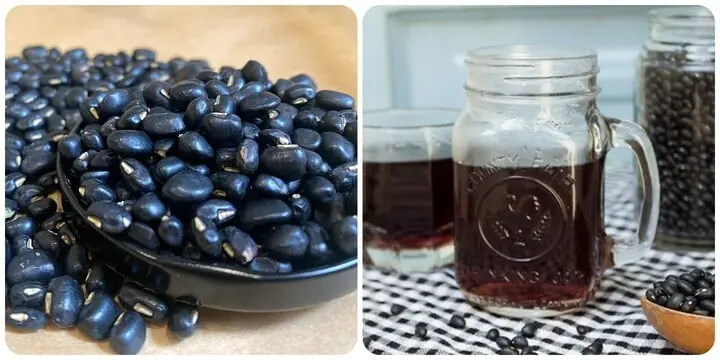
5 amazing health benefits of black bean water

4-year-old boy suffers from diabetes, mother bursts into tears after doctor says: "It's all in the family"

Waking up in the morning and seeing this symptom, be careful your kidneys are starting to fail

People with liver failure often have 3 characteristics on their hands, if you have 1 you should see a doctor soon

Man with heavy metal poisoning, kidney failure: The "culprit" is something unexpected

The man did not drink alcohol but di,ed of liver failure, the doctor sighed: Eating these 4 dishes every day will ruin even a "steel liver"!

Christmas at Red Butte

3 Cooling Foods for Summer That Help You Relax and Sleep Better

Tips to Choose Fresh Beef and Avoid Fake, Frozen, or Water-Injected Meat: Pick the Right Cut for Each Cooking Method

A Man Who Never Drank Alc.ohol Di.ed of Li.ver Failure — Doctor Sighs: "Even an Iron Li.ver Would Fail if You Eat These 4 Foods Daily!"

3 Types of Fruit Full of Parasites — Be Careful or You Might Get Sick
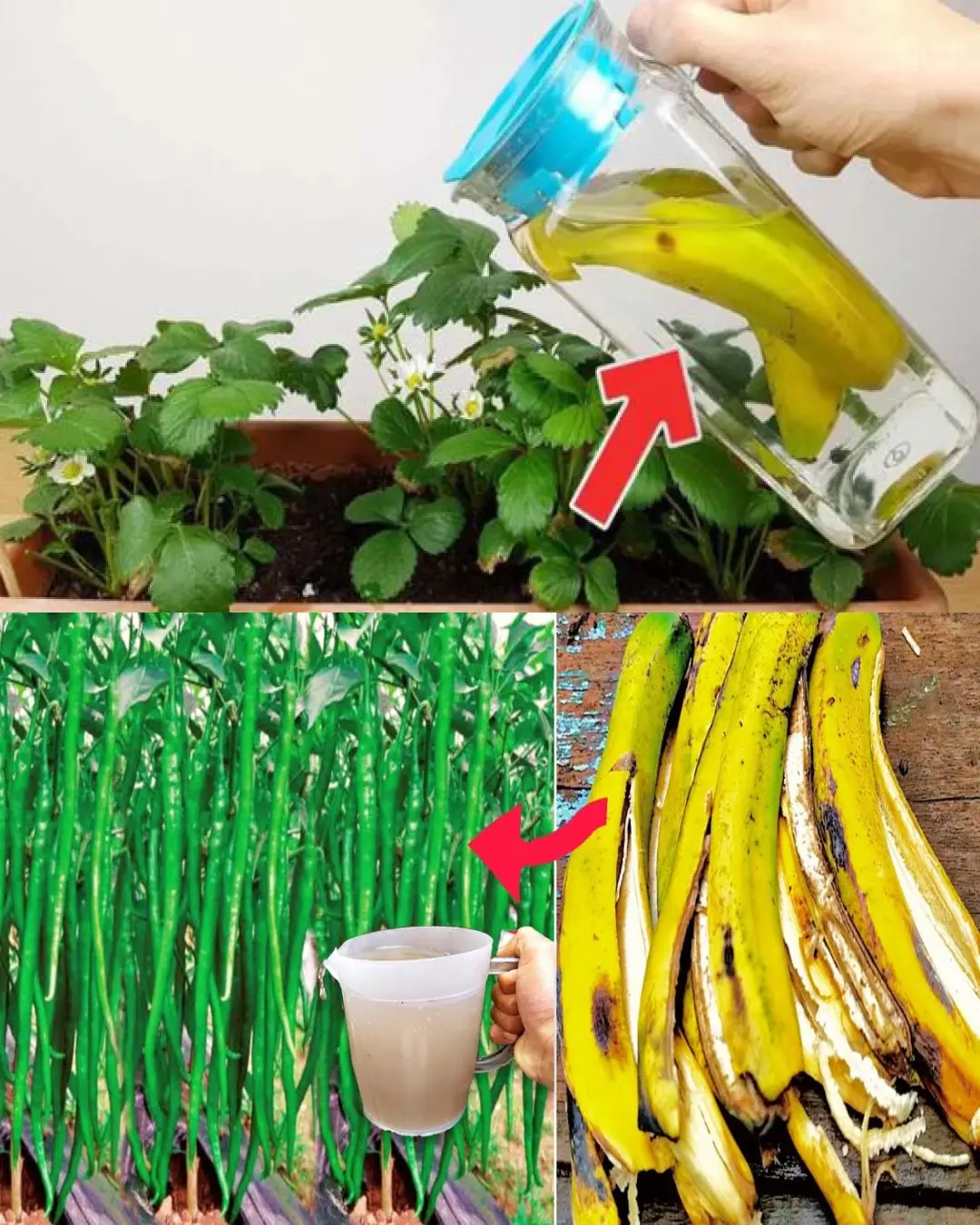
Amazing benefits of banana peels for gardening

The Moonlit Road

Gentlemen: The King!

Tips for growing chili peppers in pots with lots of fruit
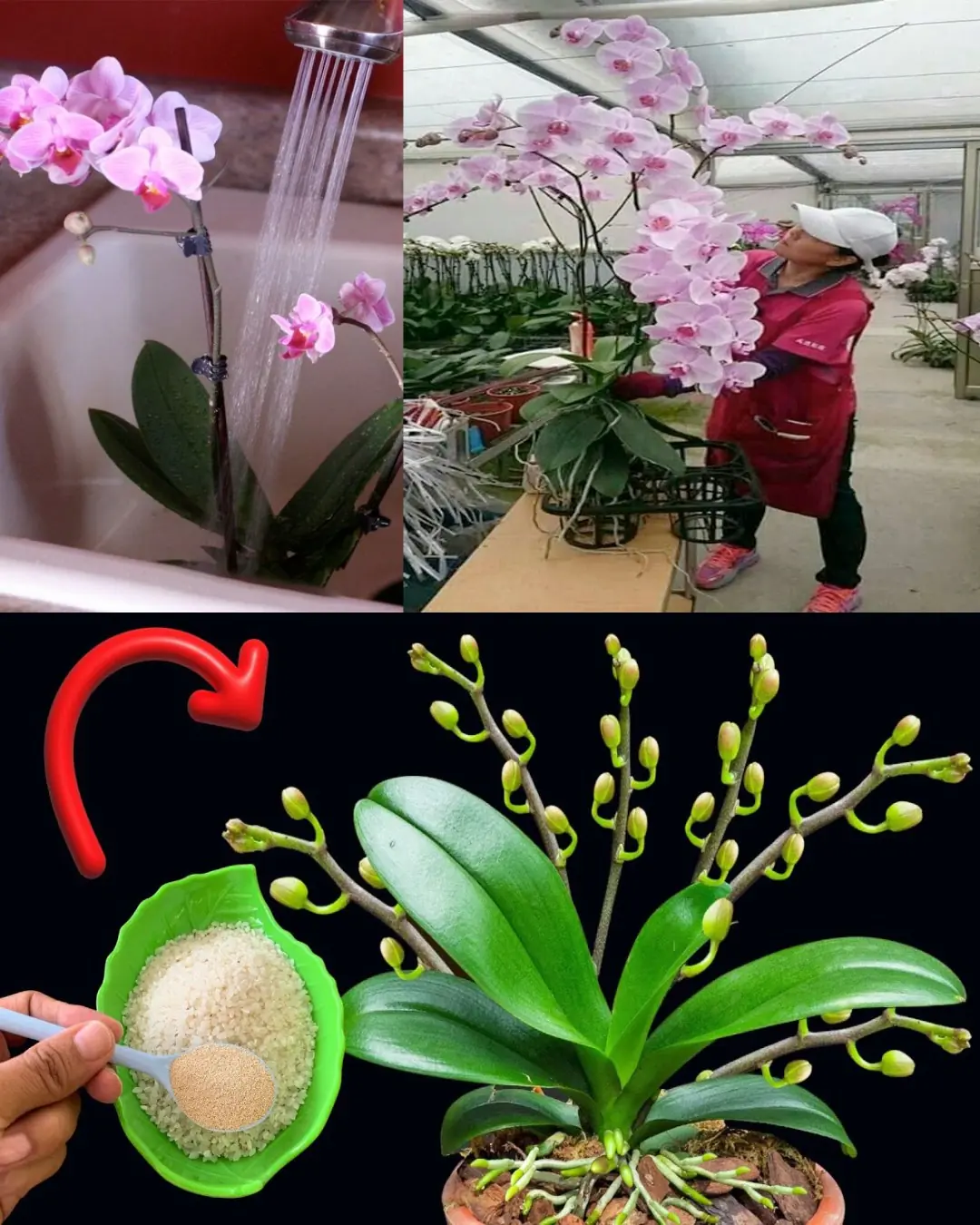
Cultivating Exquisite Orchids: Essential Tips for Healthy Plants and Beautiful Blooms

Should you choose brown or white eggs?

Why do Japanese people prefer sleeping on the floor?
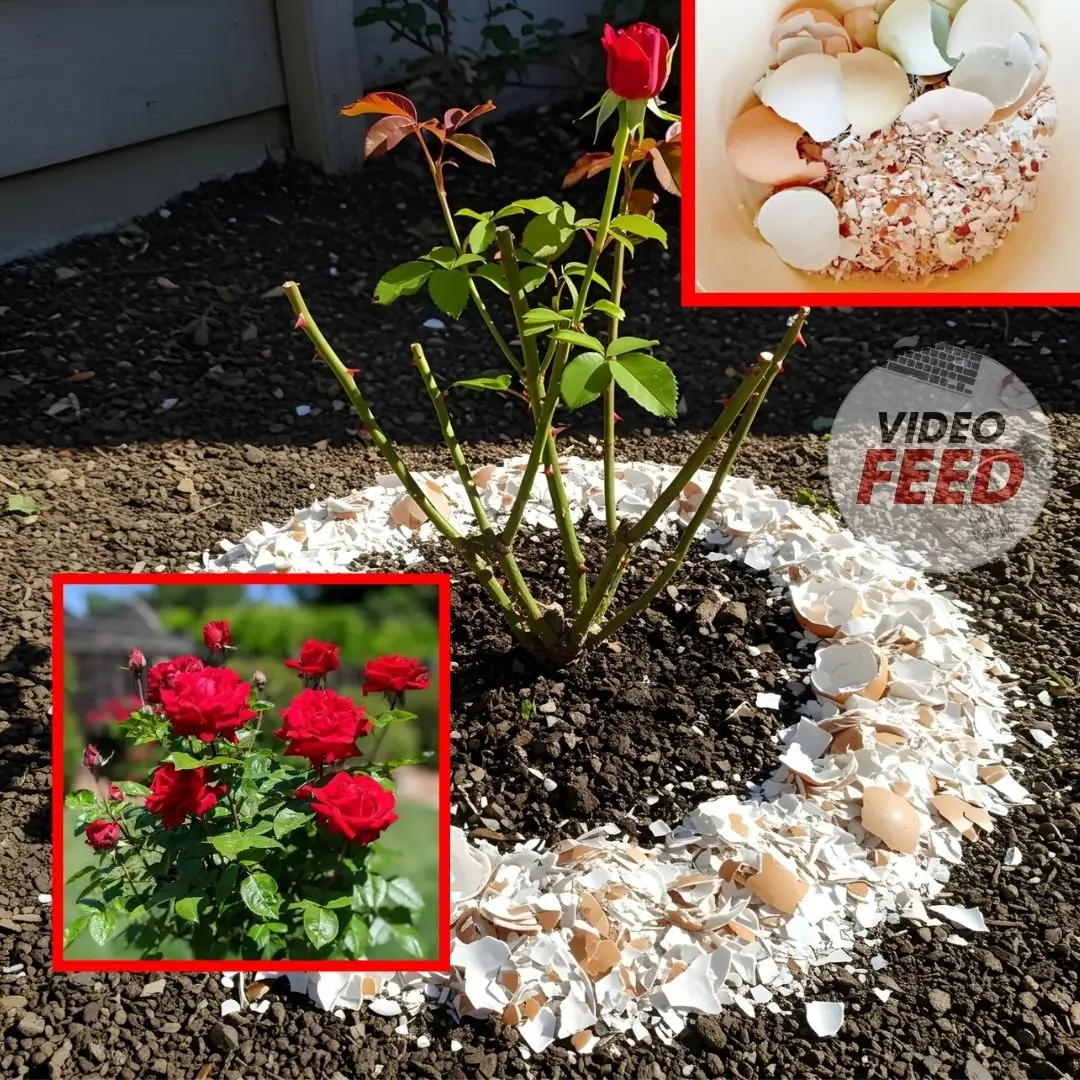
Tried crushed eggshells around my roses and the change is real
